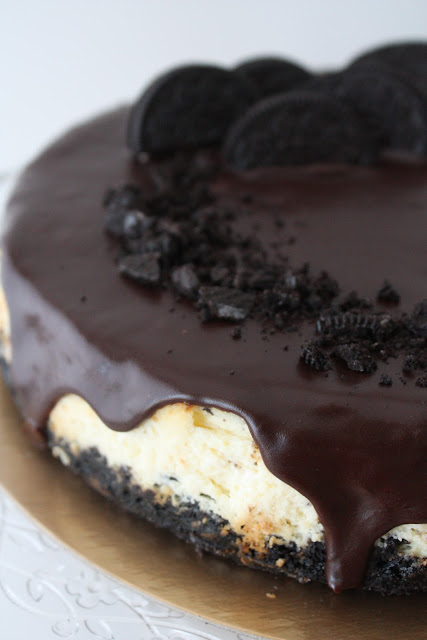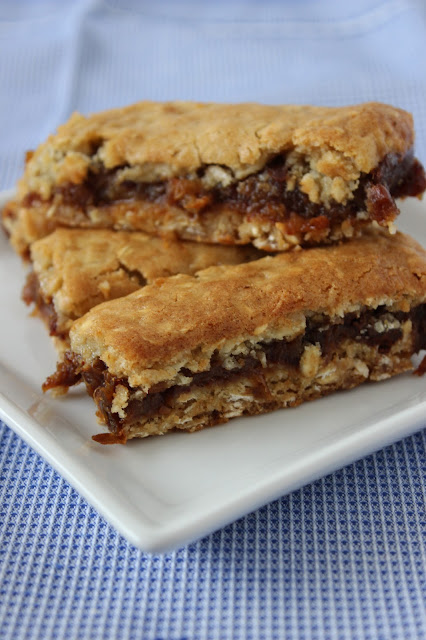pate sucree: ch-ch-ch-changes
I think change is sometimes a good thing. It allows you to grow and learn from new situations.
But it can also be really scary and daunting when you don't know what that change will lead to. I've been going through a few changes lately and I have to admit that I'm pretty freaked out by the prospect of not knowing how things are going to end up. I know that I need to keep thinking positively and be confident, but...easier said than done sometimes. I find myself comforting others in a similar situation, but can't seem to take my own advice at the end of the day.
I mean, seriously, what's the matter with me? Why am I so hard on myself? Toughen up woman! (Yes I just yelled at myself). Or rather, relax woman! Everything will work out in the end, I just need to be calm, confident and not worry about every little thing that goes wrong.
I'm cool, I'm zen. Oooommm. oooooommm
(Eff, this meditation stuff never really worked on me).
I'm just going to go eat some pie. Mmm pie. Made with this tart dough, which happens to be really tasty and easy to work with. Great results and it doesn't need to change. Sweeeeet.
Pate Sucree
Pate sucree is a sweet dough that almost resembles sugar cookies in texture. It's a little bit more crumbly then pate brisee, which is flakier. Pate sucree, or tart dough, is used mainly for, well, tarts. It's usually partially or fully blind-baked and filled with some kind of filling like pastry cream and fruits, citrus curds or pie fillings. Or it can be baked with a filling, such as almond cream. It is very easy to make and work with. I've tried a few recipes, but so far I like this one because it has a nice flavour, texture and doesn't shrink much if baked properly.
Yields approx. two 8" pie bases
Ingredients
1 stick (125g) butter, softened
1/2 cup, packed (75g) icing sugar
1 large egg
1 tsp vanilla extract
1 1/2 cups + 2 tbsp (250g) all-purpose flour
(1-2 tbsp ice water, if needed)
Procedure
Beat the butter and sugar on medium speed with the paddle attachment on an electric mixer until light and creamy. Add the egg and vanilla; beat until well combined. Add the flour and mix only until just blended. This should be done fairly quickly so the flour becomes well incorporated and doesn't leave any dry bits. Do not overwork the dough otherwise the gluten will develop and result in a chewy pastry. If you see that the dough is not sticking together, add a little bit of ice cold water or heavy cream to help. However, be aware that it's always easier to add more liquid at the beginning and then add more flour, then adding the liquid at the end because it may not incorporate well and just become sticky.
Note that pastry dough recipes are a bit of a guideline. It all depends on the type of flour available to you or the weather on the day you make it (humidity and dryness) which can affect the results of your dough, so adjust accordingly!
Note that pastry dough recipes are a bit of a guideline. It all depends on the type of flour available to you or the weather on the day you make it (humidity and dryness) which can affect the results of your dough, so adjust accordingly!
Form a ball (or separate in half), wrap in plastic film and refrigerate at least two hours (or up to 2 days) before rolling out. When ready to use, leave on counter about 10 minutes to soften. If well wrapped, can be frozen for up to 1 month.
* If making the dough by hand: squish the softened butter and sugar with the palm of your hand in a bowl (this step is called "fraisage" in French), then add the egg and vanilla and mix with your finger tips in the form of a claw ("emulsion" technique). Then quickly add the flour and form a ball. Again, do not overwork the dough.
To partially or fully blind bake:
Preheat oven to 375 F. Roll out dough to about a 1/4" thickness and place in desired tart pan. Make sure everything is pushed down well into the corners. Prick all over with a fork (even up the sides) to make sure the steam escaped so that the dough doesn't puff up while baking.
Place a piece of parchment paper or cheesecloth and fill with dry beans or pie weights. (I just use small grains because I can push them into the corners easily and they don't cost as much as pie weights). Again, this is to weigh down the dough so it doesn't puff up during baking.
Bake for 15-20 minutes until it starts to turn opaque for partially baked, then remove parchment with beans and continue baking another 5-15 minutes for fully baked shells until light golden. The shell should not be raw in the middle. If you notice that the sides are darkening faster than the middle, wrap some aluminum foil all around the edges to prevent burning.
And there you have it! Une delicieuse pate sucree maison. Stay tuned for what you can fill it with!
And there you have it! Une delicieuse pate sucree maison. Stay tuned for what you can fill it with!









Comments
Post a Comment